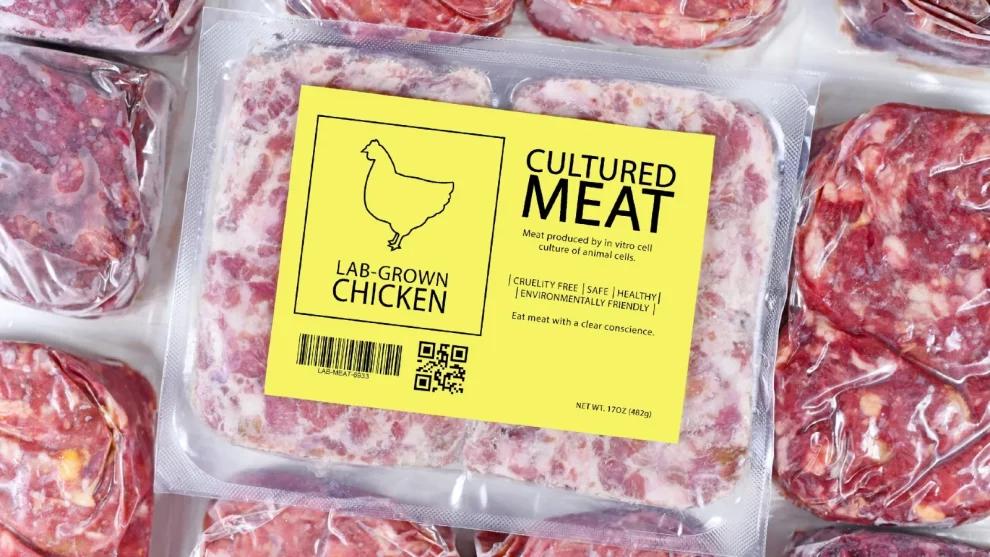For decades, the idea of growing meat in a lab seemed like science fiction. But the future is knocking on the door of your supermarket, as lab-grown meat, also known as cultivated meat or cell-based meat, inches closer to reality. This revolutionary technology promises to disrupt the meat industry, potentially offering a more sustainable, ethical, and even healthier alternative to conventionally produced meat.
From Science Project to Supermarket Shelf
While the concept isn’t new, recent advancements have propelled lab-grown meat from futuristic dream to tangible possibility. The process involves taking animal cells, often stem cells, and cultivating them in nutrient-rich bioreactors under controlled conditions. The cells multiply and differentiate, eventually forming muscle tissue with the look and feel of real meat.
Driving the Revolution
Several factors are fueling the rapid progress of lab-grown meat:
- Environmental concerns: Traditional meat production is a major contributor to greenhouse gas emissions, deforestation, and water pollution. Lab-grown meat offers a significantly lower environmental footprint.
- Animal welfare: Conventional meat production raises ethical concerns regarding animal welfare. Lab-grown meat eliminates the need to slaughter animals, offering a more humane option.
- Health benefits: Lab-grown meat can be engineered to have specific nutritional profiles, potentially reducing fat content and cholesterol levels compared to conventional meat.
- Technological advancements: Advances in biotechnology are making the production process more efficient and cost-effective, paving the way for wider accessibility.
Challenges Remain
Despite the excitement, significant hurdles remain before lab-grown meat becomes a mainstream option:
- Cost: Currently, producing lab-grown meat is expensive, making it unaffordable for most consumers. Economies of scale and technological advancements are needed to bring down costs.
- Regulatory approval: Navigating the regulatory landscape and gaining safety certifications is crucial for bringing lab-grown meat to market.
- Consumer acceptance: Overcoming public perception and addressing potential concerns about the “unnatural” nature of lab-grown meat is key to widespread adoption.
A Glimpse of the Future
Despite the challenges, the potential of lab-grown meat is undeniable. Experts predict that it could capture a significant portion of the meat market within the next decade. This could reshape the food industry, impacting farmers, food processing companies, and even restaurants.
The future of food remains open-ended, with lab-grown meat emerging as a powerful contender. While its exact timeline to your local supermarket shelf remains uncertain, the revolution is brewing, and its impact on our plates and planet promises to be profound.
















Add Comment